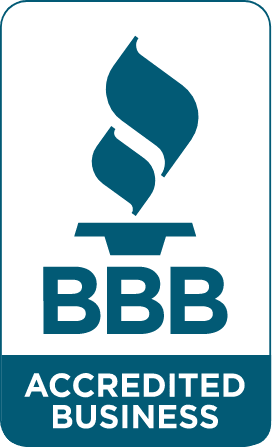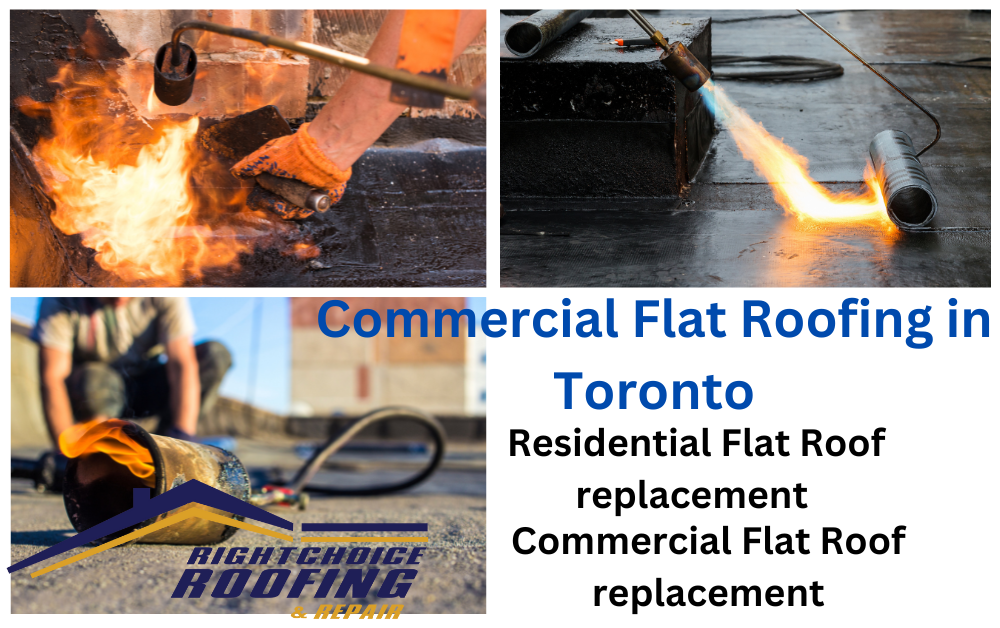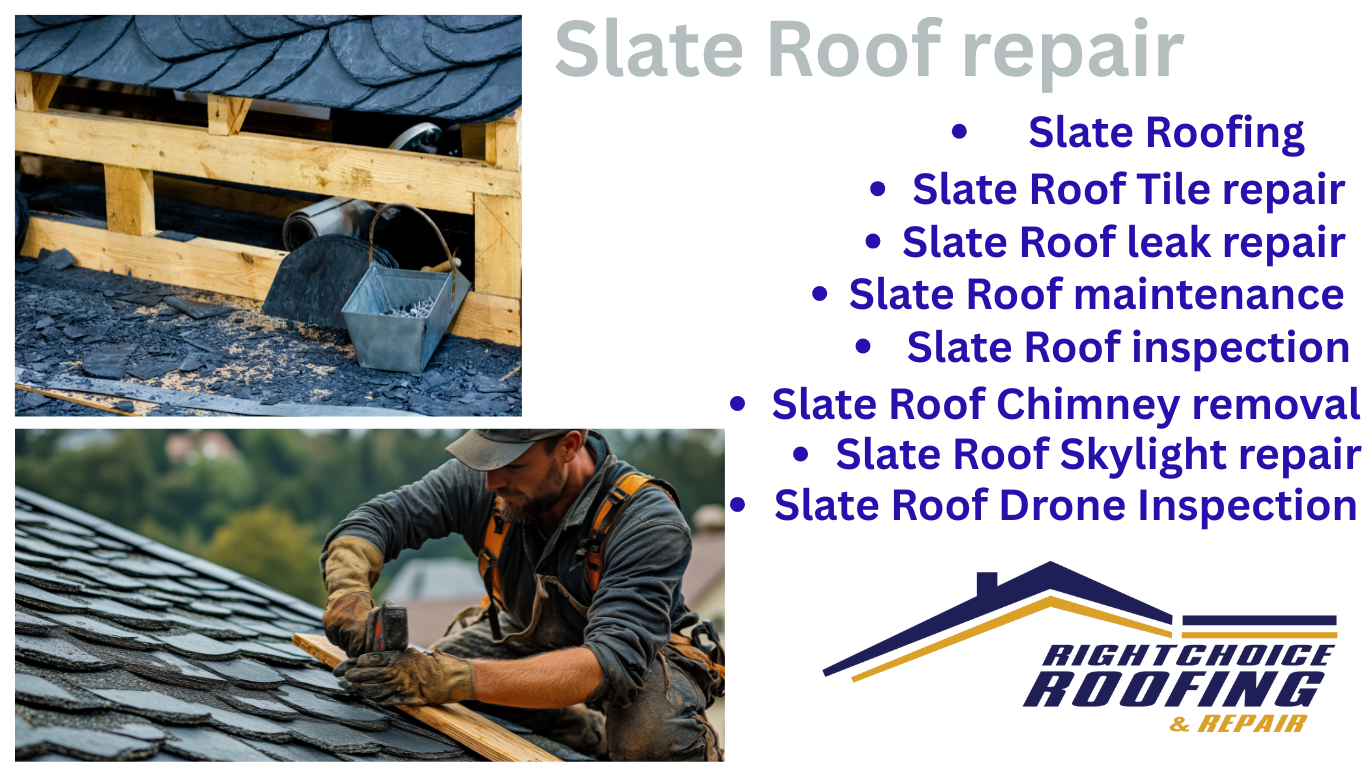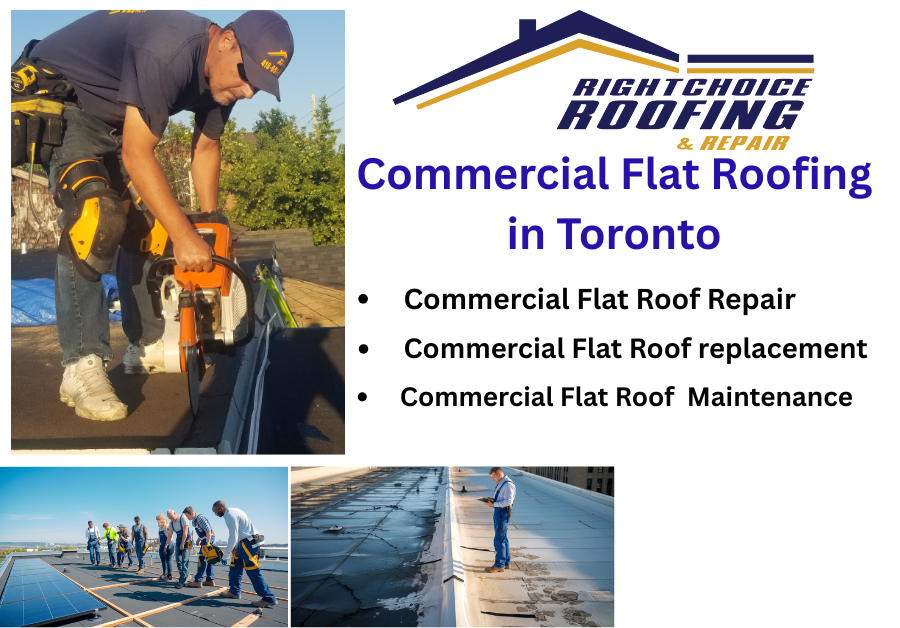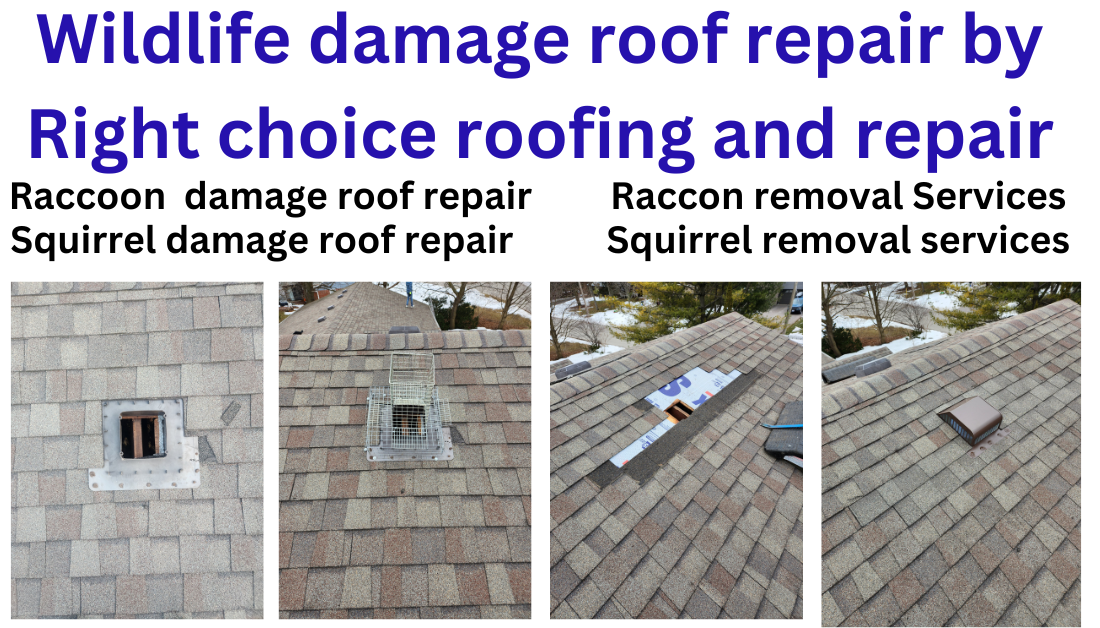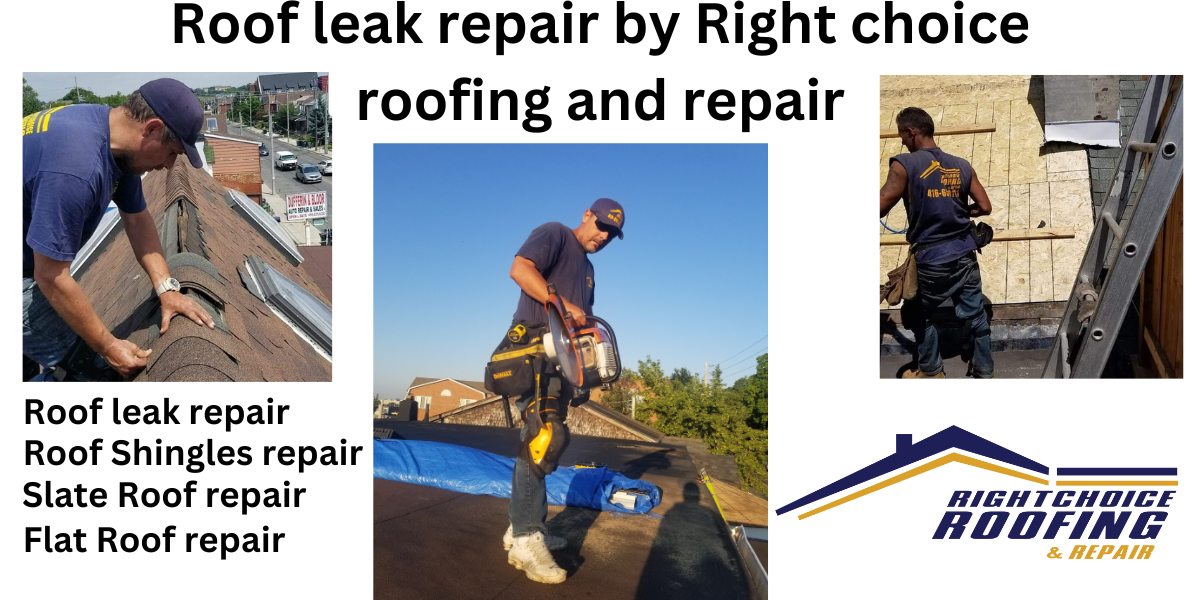
Is your commercial building’s flat roof showing signs of wear and tear? 🏢 You’re not alone. Many business owners face the daunting task of roof replacement, often putting it off until it’s too late. But here’s the truth: ignoring your roof’s condition can lead to devastating consequences for your property and business operations.
Imagine water seeping through your ceiling, damaging expensive equipment, or worse, forcing you to shut down operations temporarily. The cost of inaction can far outweigh the investment in a new roof. But don’t worry – we’ve got you covered. In this comprehensive guide, we’ll walk you through everything you need to know about commercial flat roof replacement, from recognizing the warning signs to maintaining your new roof for years to come.
Ready to protect your business and invest in its future? Let’s dive into the seven crucial aspects of commercial flat roof replacement, starting with how to spot the telltale signs that it’s time for a change. Your roof – and your bottom line – will thank you.
Signs Your Commercial Flat Roof Needs Replacement

Age-related deterioration
As commercial flat roofs age, they become more susceptible to various issues. Most flat roofs have a lifespan of 15-30 years, depending on the material and maintenance. Signs of age-related deterioration include:
- Membrane shrinkage
- Surface cracks and blisters
- Loss of reflectivity (for white roofs)
- Brittle or fragile roofing material
Visible damage and wear
Regular roof inspections can reveal visible signs of damage that indicate the need for replacement:
- Bubbling or separation of roofing layers
- Large cracks or tears in the membrane
- Ponding water that doesn’t drain within 48 hours
- Sagging or uneven roof surface
Recurring leaks and water damage
Persistent leaks are a clear indicator that your commercial flat roof may need replacement. Look for:
- Water stains on interior ceilings or walls
- Mold or mildew growth
- Damaged insulation or deck boards
Increased energy costs
An aging or damaged flat roof can lead to higher energy bills due to poor insulation and air leaks. Monitor your energy costs and consider a roof replacement if you notice:
- Sudden spikes in heating or cooling expenses
- Inconsistent temperatures throughout the building
- HVAC systems working harder than usual
| Sign | Potential Consequence | Action |
|---|---|---|
| Age > 20 years | Increased risk of failure | Schedule inspection |
| Visible damage | Water infiltration | Immediate repair/replacement |
| Recurring leaks | Structural damage | Comprehensive assessment |
| Higher energy bills | Reduced efficiency | Energy audit and roof evaluation |
Regular inspections and prompt attention to these signs can help you determine when it’s time to replace your commercial flat roof, preventing more costly damages in the future.
Benefits of Commercial Flat Roof Replacement

Enhanced building protection
Replacing your commercial flat roof offers significant benefits, starting with enhanced building protection. A new roof acts as a robust shield against various environmental elements:
- Rain and moisture
- UV radiation
- Extreme temperatures
- Wind and debris
This improved protection safeguards your building’s structure, interior, and valuable assets from potential damage.
Improved energy efficiency
A new commercial flat roof can dramatically improve your building’s energy efficiency:
| Feature | Benefit |
|---|---|
| Modern insulation | Reduces heat transfer |
| Reflective coatings | Minimizes heat absorption |
| Proper ventilation | Regulates temperature |
These improvements lead to reduced energy consumption and lower utility costs, making your building more environmentally friendly and cost-effective to operate.
Increased property value
Investing in a new flat roof can significantly increase your property’s value. Potential buyers or tenants are often willing to pay a premium for buildings with:
- Recently replaced roofs
- Enhanced energy efficiency
- Improved structural integrity
- Lower maintenance requirements
Reduced maintenance costs
A new commercial flat roof requires less frequent repairs and maintenance:
- Fewer leaks and water damage incidents
- Reduced need for patching and sealing
- Lower risk of structural issues
This translates to substantial savings on maintenance costs over time, allowing you to allocate resources to other areas of your business.
Extended roof lifespan
Modern flat roofing materials and installation techniques offer longer lifespans compared to older roofs. With proper care, a new commercial flat roof can last 20-30 years or more, providing long-term protection and peace of mind for your business.
Now that we’ve explored the benefits of commercial flat roof replacement, let’s examine the various types of flat roofing materials available for your project.
Types of Commercial Flat Roofing Materials

Built-up roofing (BUR)
Built-up roofing (BUR) is a time-tested option for commercial flat roofs. It consists of multiple layers of bitumen and reinforcing fabric, creating a robust and waterproof membrane. BUR systems are known for their durability and can last up to 30 years with proper maintenance.
| Pros | Cons |
|---|---|
| Excellent waterproofing | Heavy weight |
| Fire-resistant | Difficult to identify leaks |
| Low-maintenance | Strong odors during installation |
Modified bitumen
Modified bitumen roofing is an evolution of BUR technology. It combines asphalt with rubber or plastic modifiers, offering improved flexibility and strength. This material is available in both torch-down and self-adhering varieties.
Key features of modified bitumen:
- Enhanced durability
- Better cold-weather performance
- Easier installation compared to BUR
EPDM (rubber roofing)
EPDM (Ethylene Propylene Diene Monomer) is a synthetic rubber membrane widely used in commercial flat roofing. It’s known for its exceptional durability and resistance to UV radiation and ozone.
Benefits of EPDM:
- Long lifespan (up to 50 years)
- Excellent weather resistance
- Low-cost option
TPO (thermoplastic polyolefin)
TPO is a single-ply roofing membrane that has gained popularity in recent years. It offers a balance of performance and affordability, making it an attractive option for many commercial buildings.
| Characteristic | TPO Performance |
|---|---|
| Energy efficiency | High reflectivity |
| Durability | Resistant to tears and punctures |
| Installation | Hot-air welded seams for strength |
Now that we’ve explored the various types of commercial flat roofing materials, let’s consider how to choose the right roofing contractor for your project.
Choosing the Right Roofing Contractor

Verify licenses and insurance
When selecting a roofing contractor for your commercial flat roof replacement, it’s crucial to verify their licenses and insurance. A reputable flat roofing company should readily provide proof of:
- Valid state and local licenses
- General liability insurance
- Workers’ compensation insurance
Always request copies of these documents and verify their authenticity with the issuing authorities.
Check references and past projects
Before hiring a flat roofing contractor, thoroughly research their track record:
- Request a list of recent clients
- Contact references to inquire about their experience
- Visit completed projects to assess the quality of work
- Check online reviews and ratings
| Aspect to Evaluate | Why It’s Important |
|---|---|
| Quality of work | Ensures longevity of your new roof |
| Timeliness | Minimizes business disruption |
| Communication | Facilitates smooth project management |
| Clean-up | Reflects professionalism and attention to detail |
Compare detailed quotes
Obtain detailed quotes from multiple contractors to make an informed decision:
- Material costs
- Labor expenses
- Project timeline
- Disposal fees
- Warranty information
Evaluate warranty offerings
A comprehensive warranty is essential for protecting your investment in commercial flat roof replacement:
- Material warranty (typically provided by the manufacturer)
- Workmanship warranty (offered by the contractor)
- Duration of coverage
- Terms and conditions
When evaluating contractors, prioritize those offering robust warranty packages. This demonstrates their confidence in their work and commitment to customer satisfaction.
The Commercial Flat Roof Replacement Process

A. Initial roof inspection
The commercial flat roof replacement process begins with a thorough initial inspection. During this crucial step, experienced roofing professionals assess the current condition of your roof, identifying any underlying issues that may have led to the need for replacement. They examine:
- Structural integrity
- Water damage
- Insulation condition
- Drainage systems
This inspection helps determine the scope of work and informs the replacement strategy.
B. Removal of old roofing material
Once the inspection is complete, the next step is to remove the existing roofing material. This process involves:
- Setting up safety equipment
- Carefully stripping away old layers
- Disposing of materials responsibly
- Exposing the roof deck for further examination
C. Deck repair and preparation
With the old roofing material removed, the exposed deck undergoes inspection and preparation:
| Task | Purpose |
|---|---|
| Repair damaged sections | Ensure structural integrity |
| Clean thoroughly | Remove debris and contaminants |
| Apply primer | Improve adhesion of new materials |
D. New roofing system installation
The installation of the new flat roofing system is a meticulous process that varies depending on the chosen material. Generally, it involves:
- Laying down insulation layers
- Installing the main roofing membrane
- Securing edges and seams
- Integrating drainage systems
E. Final inspection and cleanup
To conclude the replacement process, a final inspection ensures the new roof meets all quality standards and building codes. This step includes:
- Checking for proper installation
- Verifying watertightness
- Confirming adequate drainage
The site is then thoroughly cleaned, removing all debris and equipment. With the replacement complete, your new commercial flat roof is ready to protect your building for years to come.
Minimizing Business Disruption During Replacement

Strategic project scheduling
When planning a commercial flat roof replacement, strategic scheduling is crucial to minimize business disruption. Consider the following strategies:
- Off-peak hours: Schedule work during non-business hours or weekends
- Phased approach: Divide the project into sections to keep parts of the building operational
- Weather considerations: Plan around favorable weather conditions
| Scheduling Strategy | Benefits | Challenges |
|---|---|---|
| Off-peak hours | Minimal impact on daily operations | Higher labor costs |
| Phased approach | Continuous business operations | Extended project timeline |
| Weather considerations | Reduced risk of weather-related delays | Potential seasonal limitations |
Temporary weather protection measures
Protecting your business from the elements during roof replacement is essential:
- Install temporary coverings over exposed areas
- Use weatherproof barriers to seal off work zones
- Implement a rapid response plan for unexpected weather events
Effective communication with tenants
Keep all stakeholders informed throughout the flat roof replacement process:
- Provide regular updates on project progress
- Clearly communicate any temporary changes or restrictions
- Offer a point of contact for questions or concerns
- Consider setting up a dedicated communication channel for project-related information
Noise and debris management
Mitigate the impact of construction on your business environment:
- Use noise-reducing equipment and techniques
- Implement strict debris containment and removal procedures
- Schedule noisy activities during off-hours when possible
- Establish designated routes for material transport to minimize disruption
By implementing these strategies, you can ensure a smoother flat roof replacement process while maintaining business continuity. Next, we’ll explore how to maintain your newly installed commercial flat roof to maximize its lifespan and performance.
Maintaining Your New Commercial Flat Roof

Regular inspections and cleaning
Regular inspections and cleaning are crucial for maintaining your new commercial flat roof. Schedule bi-annual inspections, ideally in spring and fall, to catch potential issues early. During these inspections:
- Check for debris accumulation
- Look for signs of damage or wear
- Inspect seams and flashings
- Examine drainage systems
Maintain a clean roof surface by removing debris, leaves, and branches regularly. This prevents water pooling and reduces the risk of damage.
Prompt repairs of minor issues
Address minor problems promptly to prevent them from escalating into major, costly repairs. Common issues to watch for include:
- Small cracks or blisters
- Loose seams or flashings
- Minor leaks or water stains
| Issue | Potential Consequence if Ignored |
|---|---|
| Small cracks | Water infiltration, structural damage |
| Loose seams | Membrane separation, leaks |
| Minor leaks | Mold growth, insulation damage |
Proper drainage maintenance
Ensure your flat roof’s drainage system functions optimally to prevent water accumulation. Regular maintenance should include:
- Clearing gutters and downspouts
- Checking for blocked drains or scuppers
- Verifying proper slope for water runoff
Documentation of roof history
Maintain detailed records of your roof’s maintenance history, including:
- Inspection dates and findings
- Repair work performed
- Cleaning schedules
- Warranty information
This documentation helps track the roof’s condition over time and can be valuable for future maintenance planning or when dealing with insurance claims.
With these maintenance practices in place, you can significantly extend the lifespan of your new commercial flat roof and protect your investment. Remember, preventive maintenance is always more cost-effective than reactive repairs.
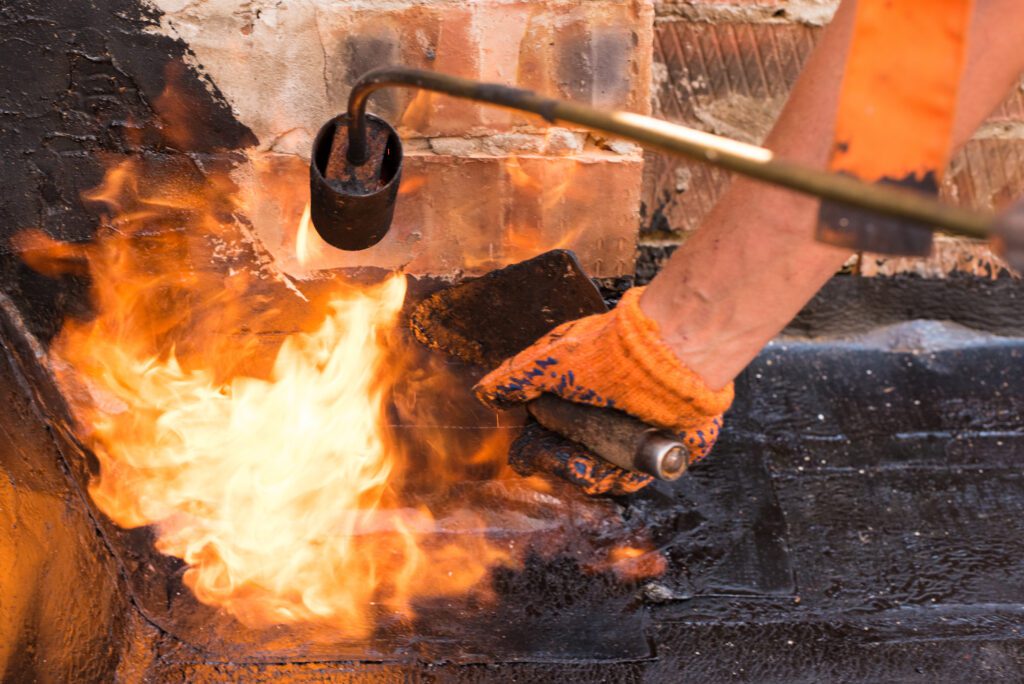
A well-maintained commercial flat roof is crucial for protecting your business, employees, and assets. By recognizing the signs of roof deterioration, understanding the benefits of replacement, and choosing the right materials and contractor, you can ensure a successful and long-lasting roof replacement project. The process, while potentially disruptive, can be managed effectively to minimize impact on your operations.
Investing in a new commercial flat roof is a significant decision that pays off in the long run. With proper maintenance and care, your new roof will provide years of reliable protection and improved energy efficiency. Don’t wait until leaks or structural damage occur – take proactive steps to assess and replace your commercial flat roof when necessary, safeguarding your business for years to come.




